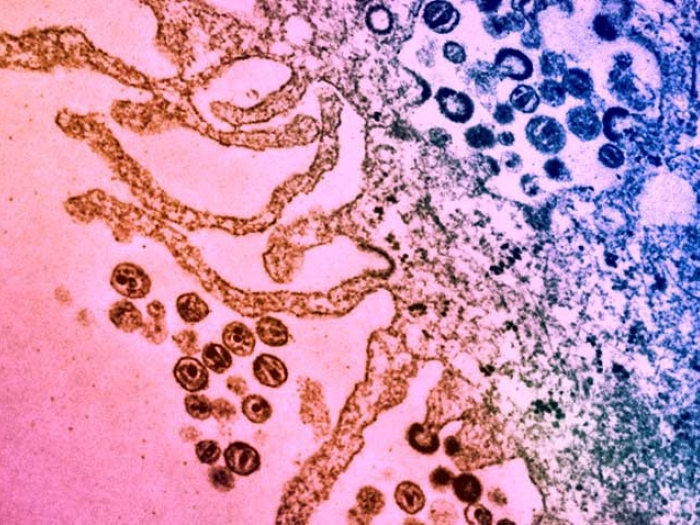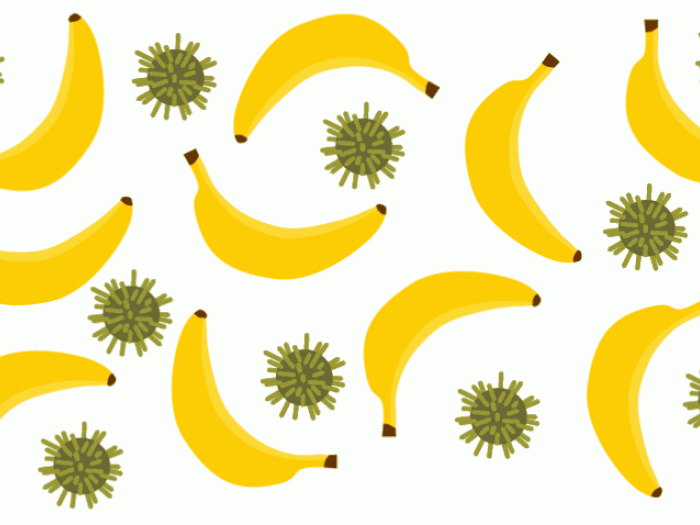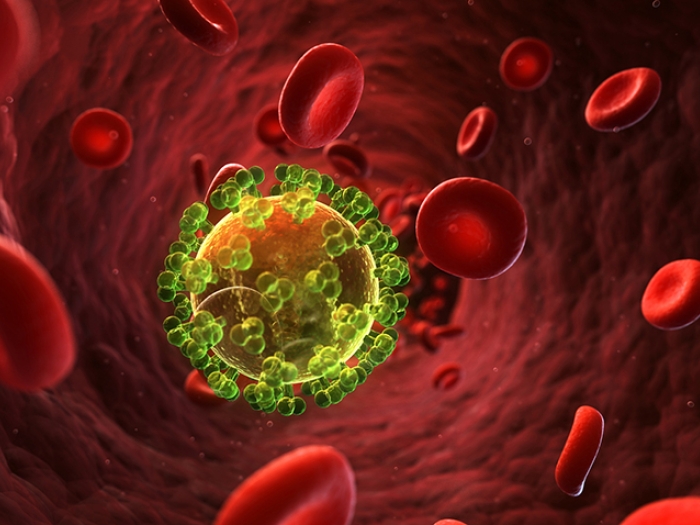A new discovery expands researchers’ understanding of bone marrow’s role in HIV, potentially leading to treatments that could rid patients of the infection for life.
7:00 AM
Author |
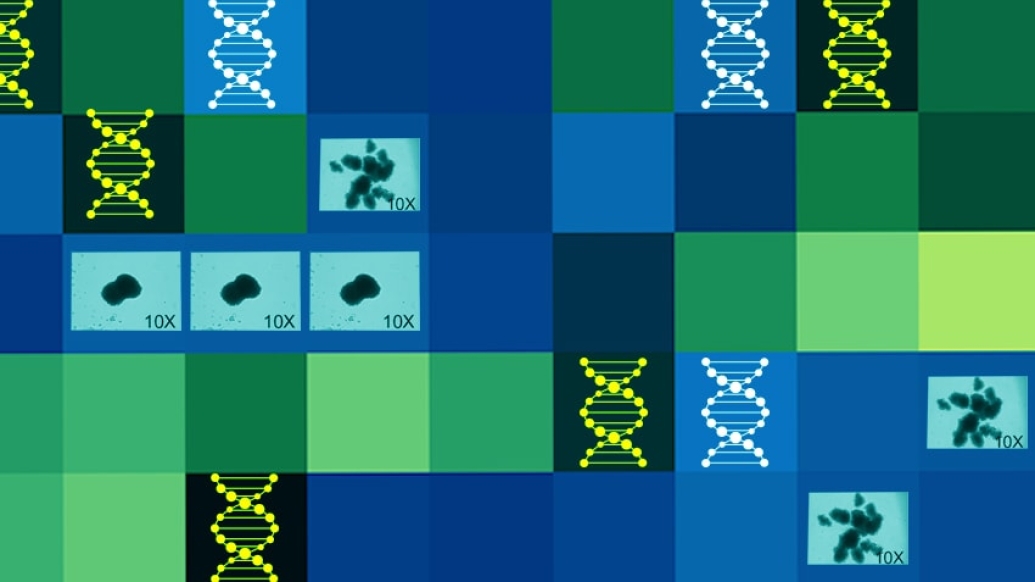
Every day, 17 million HIV-infected people around the world swallow pills that keep the virus from developing into full-blown AIDS.
MORE FROM THE LAB: Subscribe to our weekly newsletter
That is, as long as they swallow those pills every day for the rest of their lives.
They'll always have the virus in them, lurking in their white blood cells.
And if they ever stop taking medication, HIV will come out of hiding and bring down their immune system from the inside out, causing AIDS and potentially spreading to others before killing them.
But now, new research into HIV's hiding places reveals further clues about exactly how it persists in the body for years. The discovery could speed the search for drugs that can flush HIV out of its long-term hideouts and cure an infection for good.
A team led by University of Michigan researcher Kathleen Collins, M.D., Ph.D., reports in PLOS Pathogens that HIV hides in more types of bone marrow cells than previously thought ― and that when these cells divide, they can pass the virus's genetic material down to their "daughter" cells intact.
This keeps the infection going for years, without tipping off the armed guards of the immune system.
Collins and her colleagues made the discovery in bone marrow samples donated by dozens of long-term HIV patients treated at Michigan Medicine and the Henry Ford Health System in Detroit.
Using funding from the National Institutes of Health, they found that HIV can hide in hematopoietic progenitor cells, which also serve as the parents of new blood cells that regularly replace worn-out ones. HIV tricks the cells into incorporating the virus's genetic material into the cells' own DNA.
"Looking for the cells that harbor functional HIV is like searching for a needle in a haystack. Our new results expand our understanding of the type of cells that can do it," says Collins, professor of microbiology and immunology and of infectious disease at the U-M Medical School. "It's like a cancer biology problem, only the mutation in the cells is the inserted viral genome."
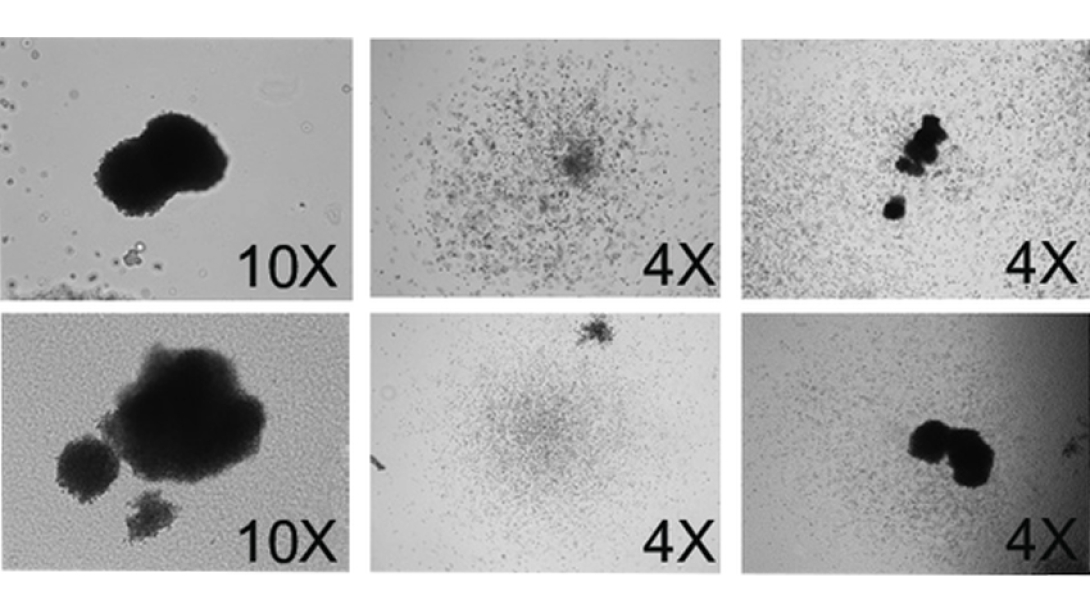
Seeking HIV in cells
Hematopoietic progenitor cells are made by hematopoietic stem cells, the "master cells" of blood production found in the marrow. Previous research had shown that HIV can hide for years in the bone marrow. But it was not known whether the virus persisted only in stem cells or whether the reservoir could include more differentiated progenitor cells. Demonstrating that progenitor cells form a long-lived reservoir of virus expands the number of cell types that need to be targeted.
SEE ALSO: The Quest for a True AIDS Cure ― in a Coral Reef
By showing that HIV genetic material can lurk in blood progenitor cells, the researchers extend other recent studies indicating that such cells can live for years, says Collins, whose lab team included lead author Nadia Sebastian, a U-M M.D.-Ph.D. student.
Collins notes that from the point of view of the virus, finding a harbor in this kind of cell means it can hedge its bets, giving it a chance at survival and eventual reproduction if its host's defenses weaken. The virus that causes chickenpox ― varicella ― also does this, hiding out in nerve cells just under the skin for years until it awakens and causes shingles.
Knowing which cells harbor HIV over the long term is crucial to battling persistent infections. Other research has focused on the T cells that carry out key immune system functions.
"Having established this, now we're poised to ask if we can treat HIV infection by targeting hematopoietic progenitor cells," Collins says. The team is evaluating drugs that could potentially kill just these cells.
The research team on the new paper also includes former U-M stem cell researcher Sean Morrison, Ph.D., who now leads a research center at the University of Texas Southwestern Medical Center. Morrison's lab uses mice as a model to study stem and progenitor cells.
Moving from the state we're in, where patients will always have to be on these drugs, to a better form of therapy where they can stop would have a huge effect.
Targeting latent infection
The research team finds in the paper that for HIV to infect a progenitor cell, that cell must have a type of receptor on its surface, called CD4, to which the virus can attach. Additionally, the researchers show that two subtypes of HIV can infect these cells: those that use the CXCR4 co-receptor to enter cells and those that use CCR5, which expands the types of HIVs that can potentially cause reservoirs.
Finding those progenitor cells in the marrow of the patients who agreed to undergo a biopsy purely for the sake of research was tricky, Collins says. But thanks to them, researchers are a step closer to a day when HIV infection is no longer a life sentence for millions of people around the world.
"Moving from the state we're in, where patients will always have to be on these drugs, to a better form of therapy where they can stop would have a huge effect," she says. "Today's medications have side effects, as well as financial costs. To get to the next step, we need to target the types of cells that form a latent infection, including these progenitor cells."

Explore a variety of healthcare news & stories by visiting the Health Lab home page for more articles.

Department of Communication at Michigan Medicine
Want top health & research news weekly? Sign up for Health Lab’s newsletters today!
